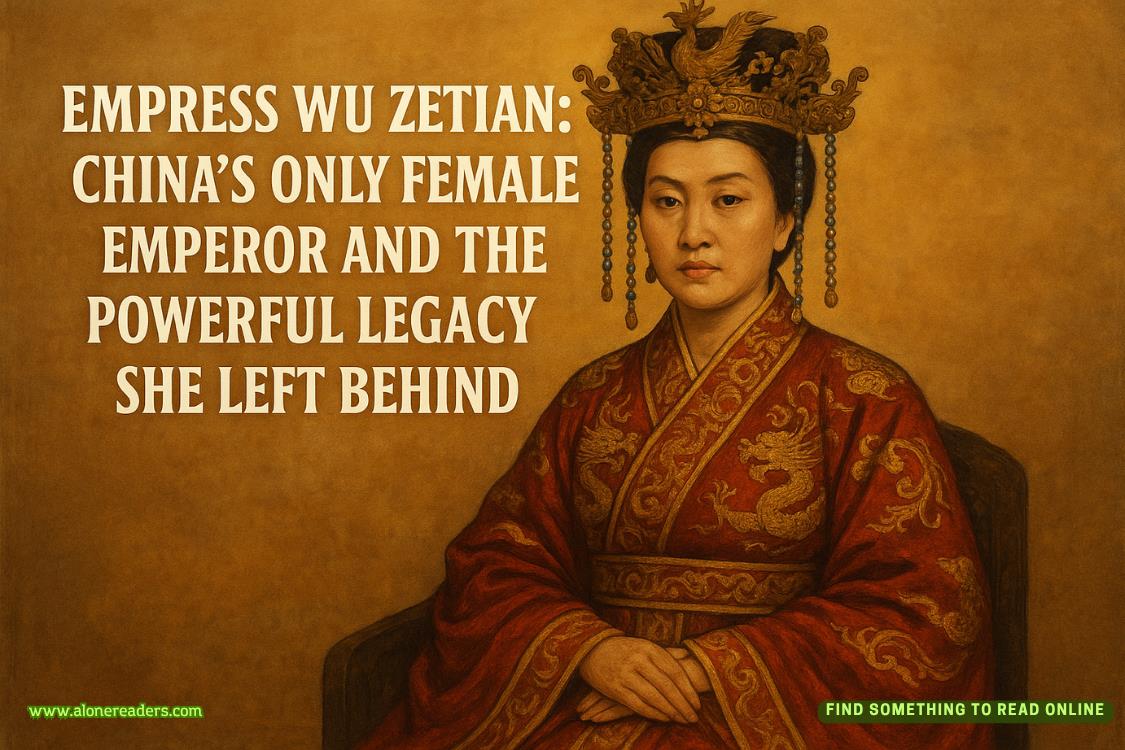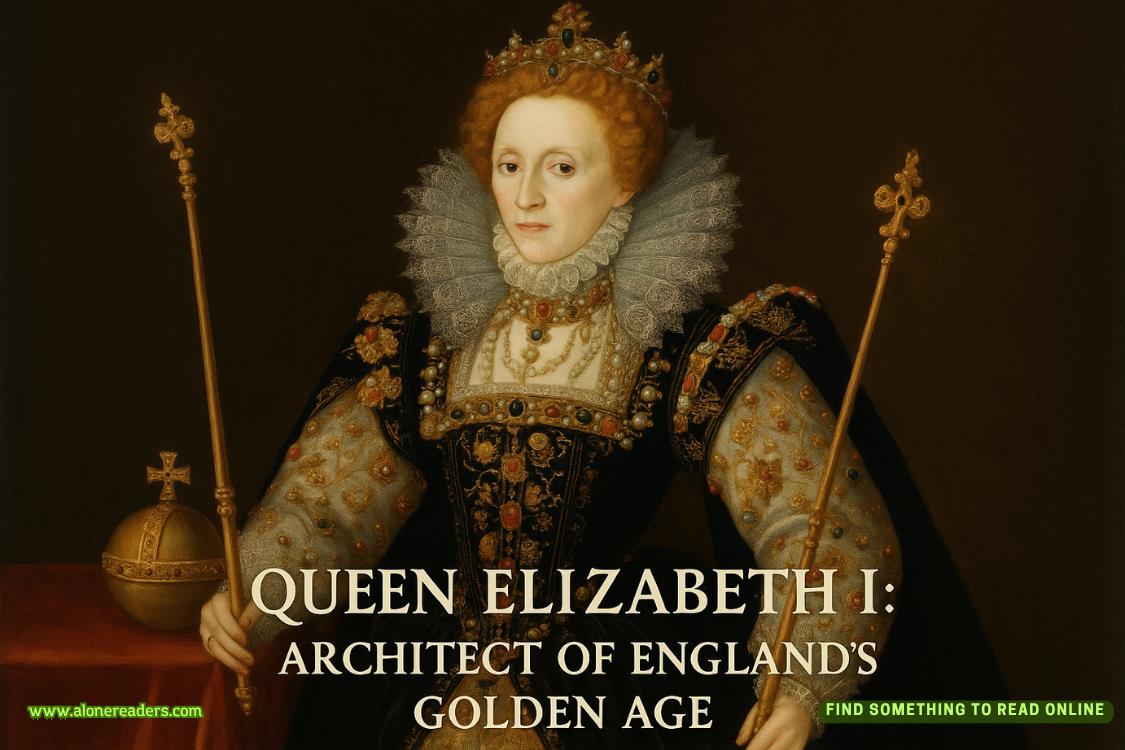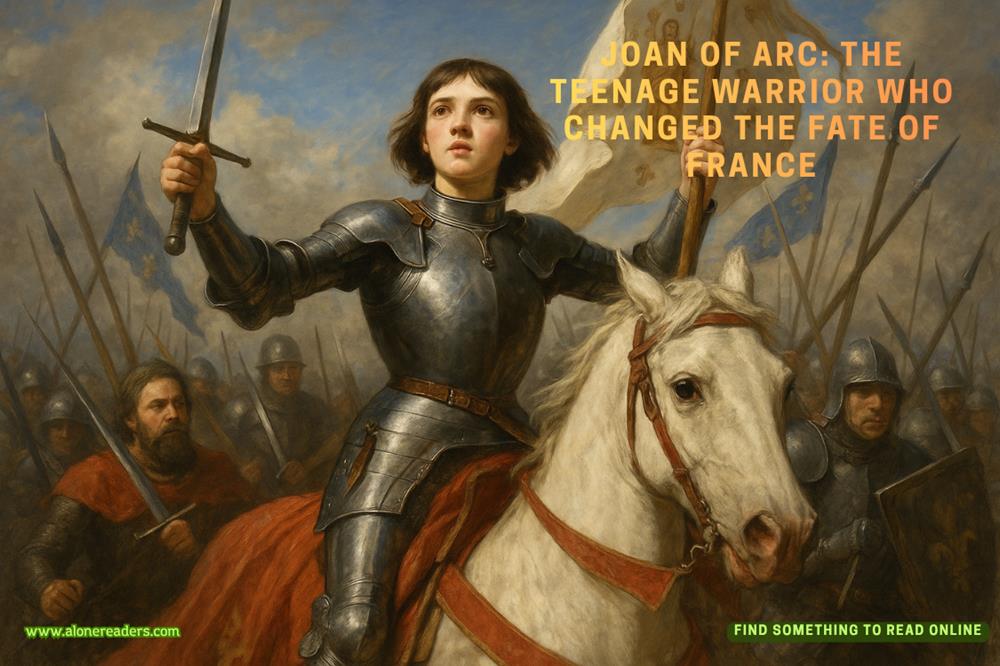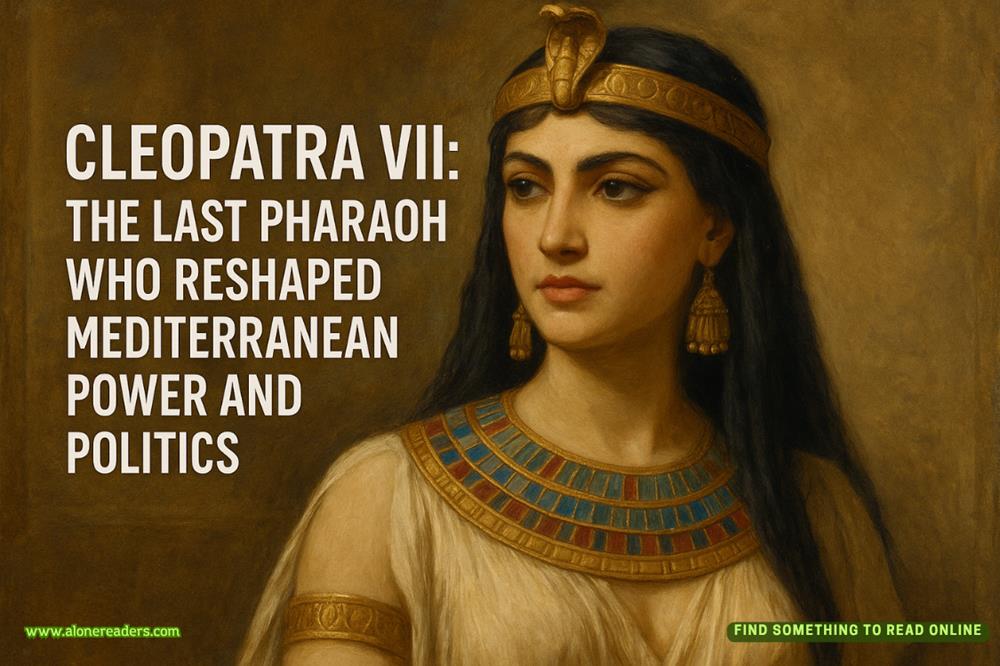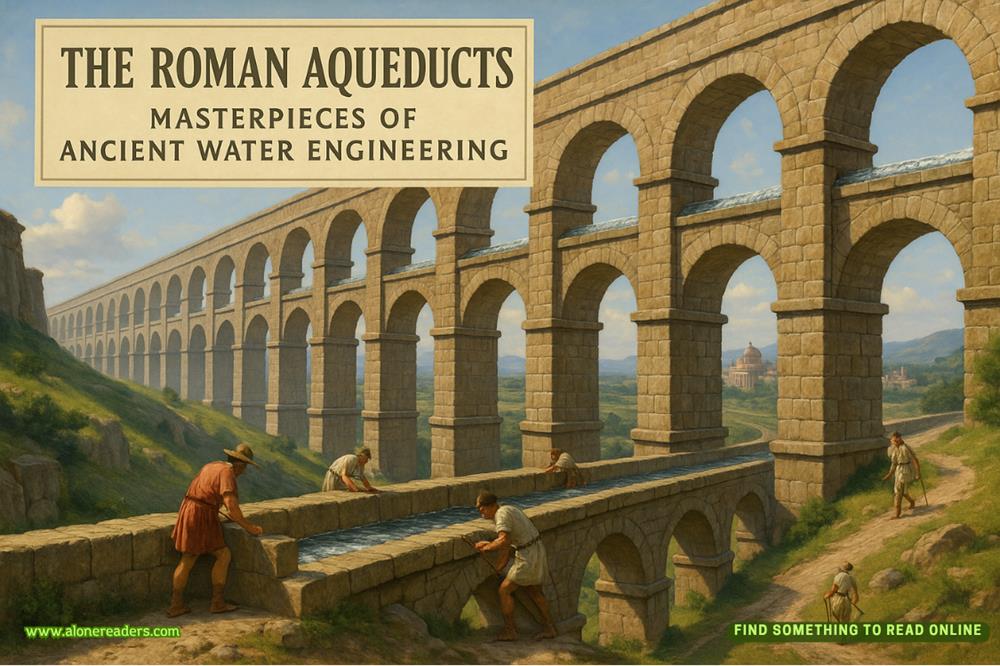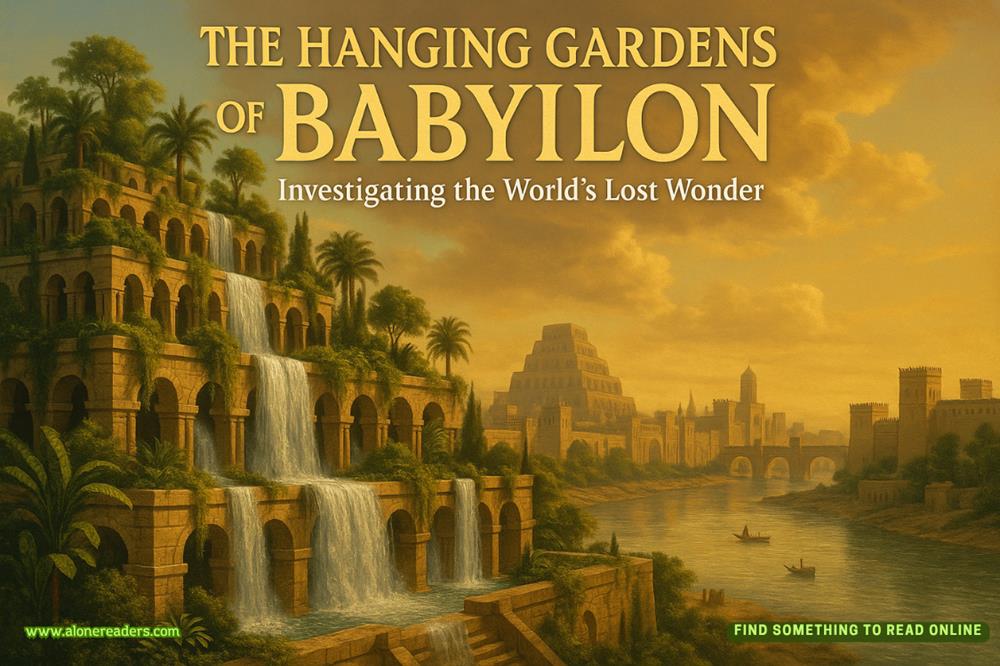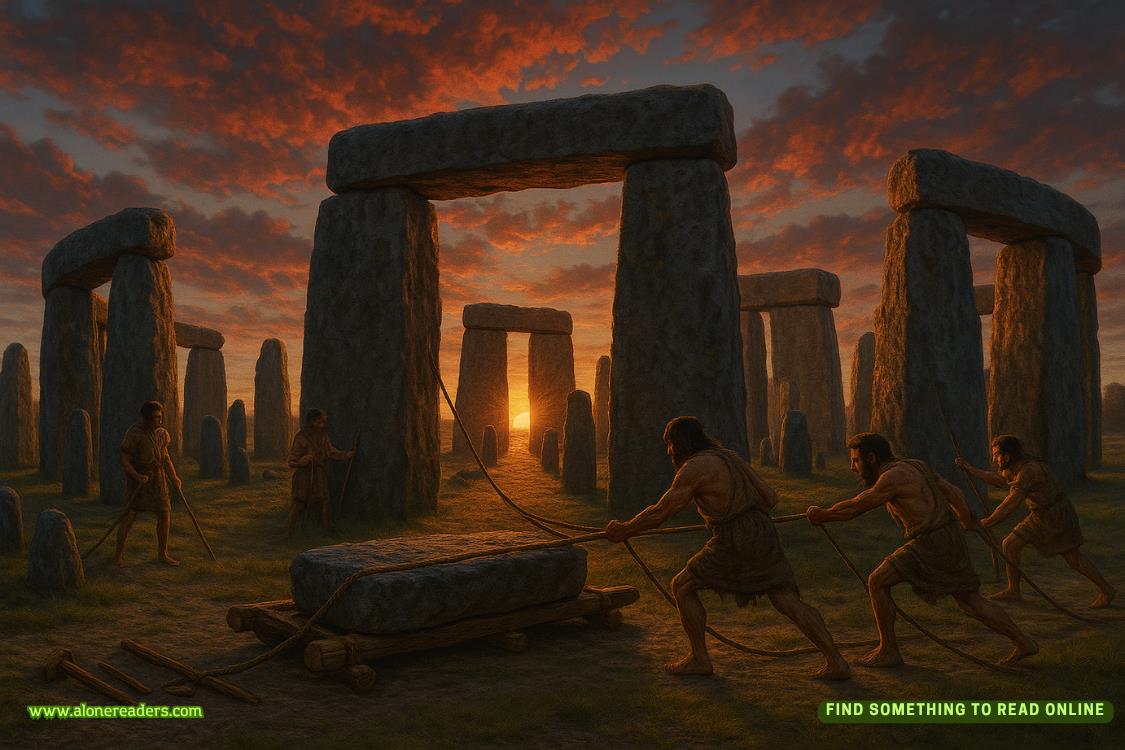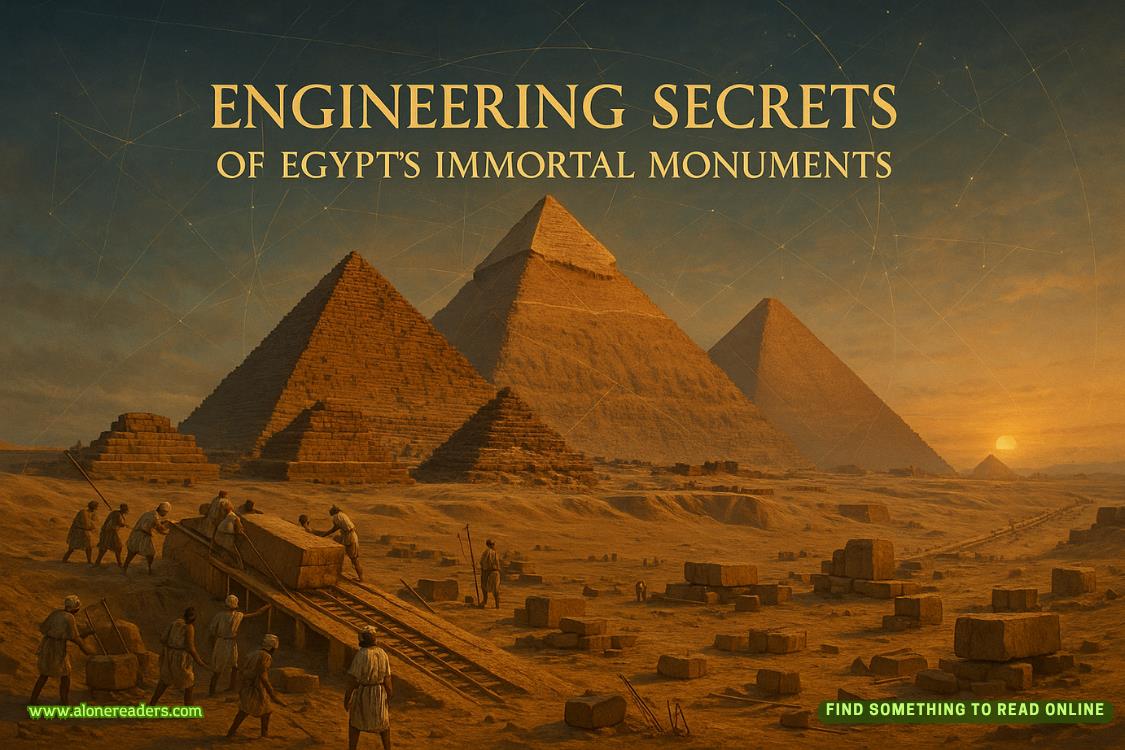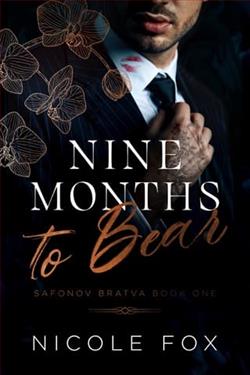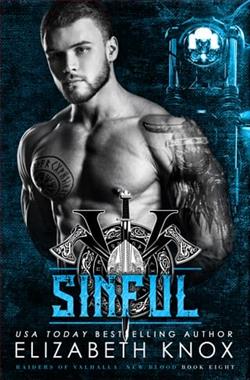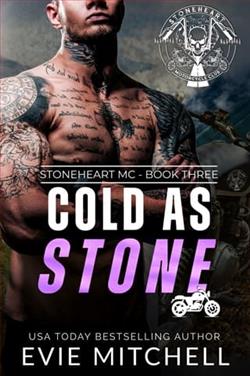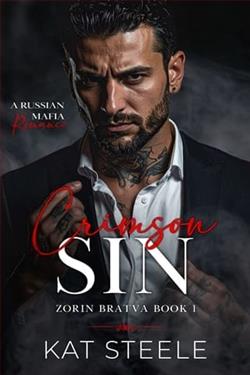Page 99 of The Devil Colony (Sigma Force 7)
“So you think they did find it?” Seichan asked from the backseat.
“If they did, they erased their tracks very well. So far the only evidence we do have to support such a claim is weak at best. We know all records of Archard Fortescue came to a halt after he left with the expedition led by Meriwether Lewis. We know Lewis was murdered a few years after returning. But that’s a far cry from saying either of them found that lost Indian city, that heart of the Fourteenth Colony.”
“Then let’s work this backward,” Gray suggested, turning the puzzle around in his head. “Let’s start with the death of Meriwether Lewis. Let’s assume the expedition did discover the truth and that Lewis’s murder was somehow connected to the discovery. Can you tell us again about the manner of his death?”
“Well, he was struck down in October of 1809, at a wayside inn called Grinder’s Stand in Tennessee, not far from Nashville.”
Gray glanced to the others.
Nashville?
Monk mumbled, “Oh yeah, looks like we’re still dogging after those guys. First to Iceland and now Tennessee.”
Heisman didn’t hear him and continued: “Again, there’s no solid explanation for Lewis’s death. Despite the double gunshot wounds—one to the gut, one to the head—his death was deemed a suicide. It remained the belief for centuries, until just recently. It’s now widely accepted that Lewis was indeed murdered, whether as part of a robbery or an outright assassination or both.”
“What details do we know about the night he died?” Gray asked.
“There are numerous accounts, but the best comes from Mrs. Grinder herself, the innkeeper’s wife, who was there alone that night. She reported gunshots, sounds of a struggle, and heard Lewis call out for help, but she was too scared to check on him until daybreak. She eventually found him dying in his room, barely hanging on to life, sprawled atop his buffalo-skin robe, which was soaked in his blood. It is said his last words were mysterious. ‘I have done the business.’ As if he’d thwarted his murderers in some manner at the end.”
Gray felt his pulse quicken with the telling, knowing this had to be important. But there was something else Heisman had mentioned . . .
The curator wasn’t done. “But rumors are many about Lewis’s last days, about who might have killed him. The best evidence points to Brigadier General James Wilkinson, a known conspirator of the traitor Aaron Burr. Some believe the general orchestrated the murder. Those same stories hint that Lewis was still acting as Jefferson’s spy, that he had with him something vital that he wanted to bring to D.C.”
Gray pictured one of the gold plates. Was Grinder’s Stand the place where the Guild originally got hold of their own plate? He recalled how he imagined Lewis as a colonial version of a Sigma operative: spy, soldier, scientist. Was Wilkinson one of the great enemies mentioned by Jefferson and Franklin, a predecessor to the modern Guild? Did he murder Lewis to gain possession of that tablet?
Gray felt history repeating itself.
Is that same battle still going on two centuries later?
Still, he sensed he was missing a key element to the story, something that snagged in his mind, but slipped through without catching.
Seichan beat him to it. “You mentioned that Lewis bled out on top of a buffalo-skin robe.”
“That’s right.”
Gray glanced at her appreciatively, but Seichan merely shrugged. “Dr. Heisman,” he asked, “didn’t Fortescue’s journal mention that the mastodon’s skull was wrapped in a buffalo skin?”
“Let me check.” Heisman whistled slowly, the sound accompanied by a shuffling of pages. “Ah, here it is. It’s mentioned simply as ‘a painted buffalo hide.’ ”
“Whatever happened to it?” Seichan asked.
“It doesn’t say.”
Gray followed up with his own question. “Is there any record of Jefferson ever owning a painted buffalo skin?”
“Now that you mention it, yes. In fact, the president amassed a huge private collection of Indian artifacts that he kept in his home at Monticello. A highly decorated skin was one of his showcase items. It was said he received the hide from Lewis, who sent it back from the trail during the expedition. It was said to be stunning and very old. But upon his death, most of Jefferson’s collection, including that spectacular hide, vanished.”
Odd . . .
Gray ruminated for a time. Could the buffalo hide in all these stories be the same one? Had Lewis taken it with him in order to help him find that lost city? Did it take both the map and the hide to solve the puzzle of the Fourteenth Colony? Afterward, did Lewis send the hide back to Jefferson as some token of his success?
Gray knew he had nothing solid to go on: there were too many suppositions, too many holes. For example, why was the skin again in Lewis’s possession at the time of his death? Was its presence the reason he spoke those cryptic words in the final moments of his life—I have done the business? Had he lost the gold tablet to Wilkinson or some other thief, but retained the more important buffalo hide?
A new player in the game spoke. “Dr. Heisman,” Kat asked over the phone, “can you tell us anything about what happened to Lewis’s body?”
“Nothing special. A tragedy considering he was such a national hero. But because his death was deemed a suicide, he was buried on the spot, on the grounds of that same inn. There in Tennessee.”
“And can we assume he was interred with all of his possessions?” Kat asked.
“That was usually done. Sometimes the authorities would send any money found on the bodies or something of sentimental value to their surviving heirs.”
“But not likely a blood-soaked buffalo hide,” Gray added.
Monk stirred, taking his eyes off the road. “You think he might still be buried with it?”
“There’s only one way to find out,” Gray said. “We have to dig up the body of Meriwether Lewis.”
Part IV
Wolf and Eagle
Chapter 35
June 1, 4:15 A.M.
Yellowstone National Park
The helicopter lowered toward the steaming geothermal heart of Yellowstone. Night still claimed the primitive landscape of bubbling pools, white-gray cones, and fog-enshrouded rivers and creeks that spanned the upper geyser basin. Farther out, dark meadows and black stands of lodgepole pines stretched toward the distant plateaus and mountains.
But man had carved his own mark into this national treasure, this contrasting mix of quiet natural beauty and hellish geological activity. In the predawn darkness, lines of streetlights and trails of headlamps mapped the few roads winding through the park. The evacuation Painter had ordered was under way, turning the park at its peak season into a massive traffic jam. The flashing blue lamps of park service vehicles dotted the thoroughfares, as rangers did their best to empty the park.
